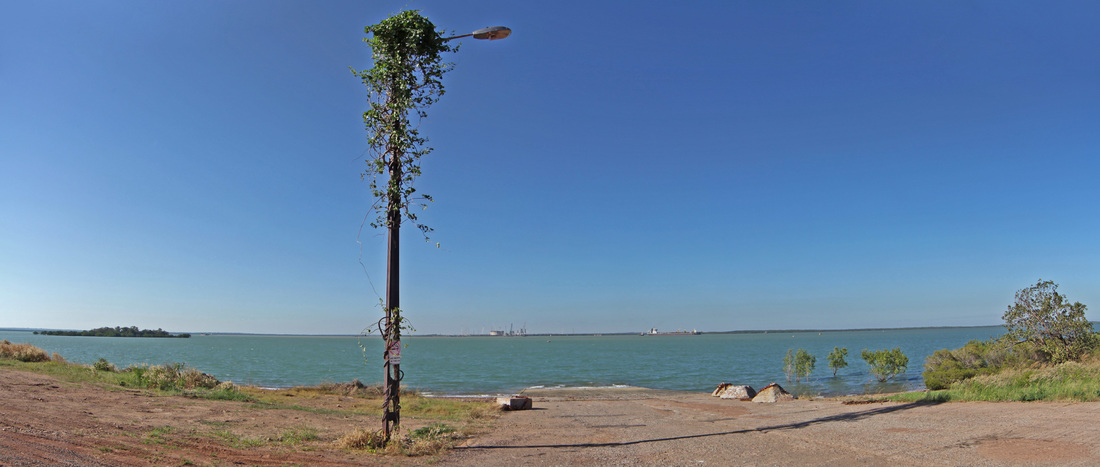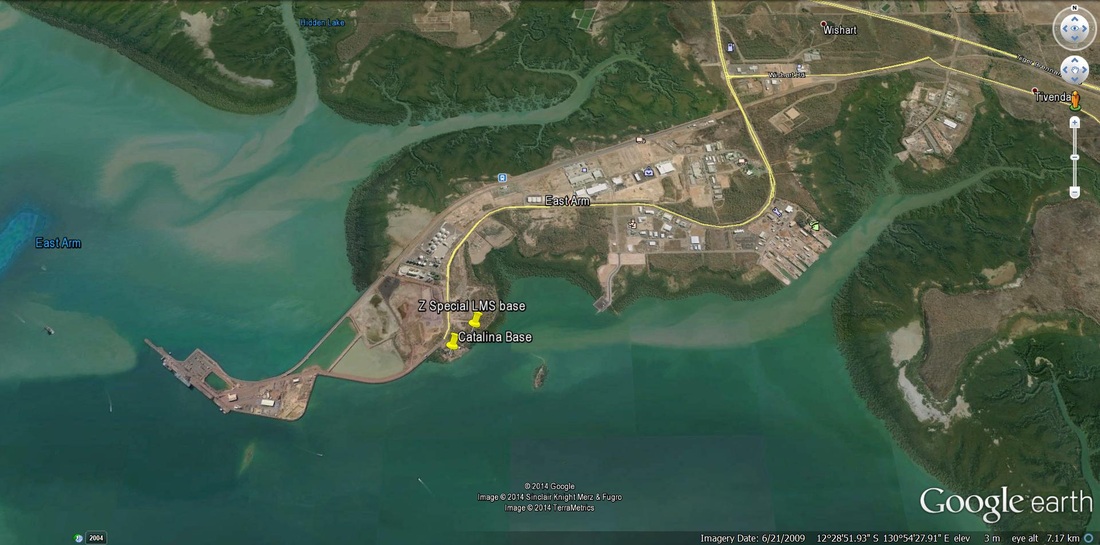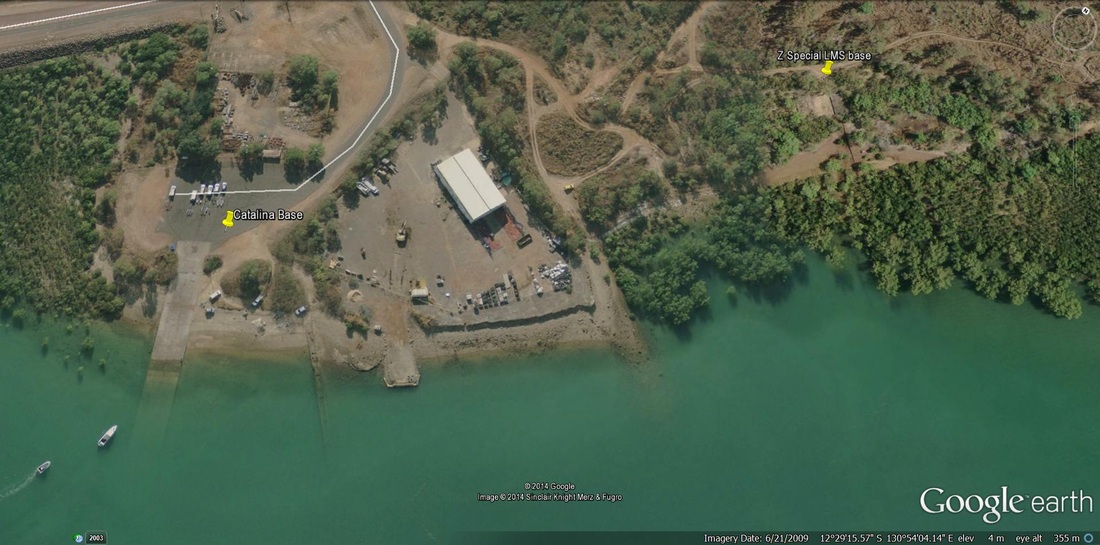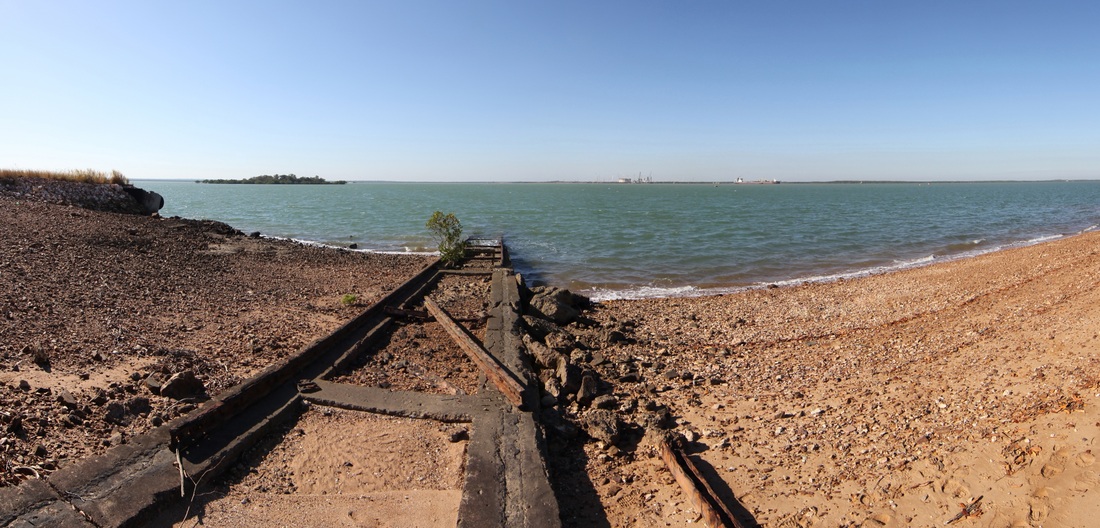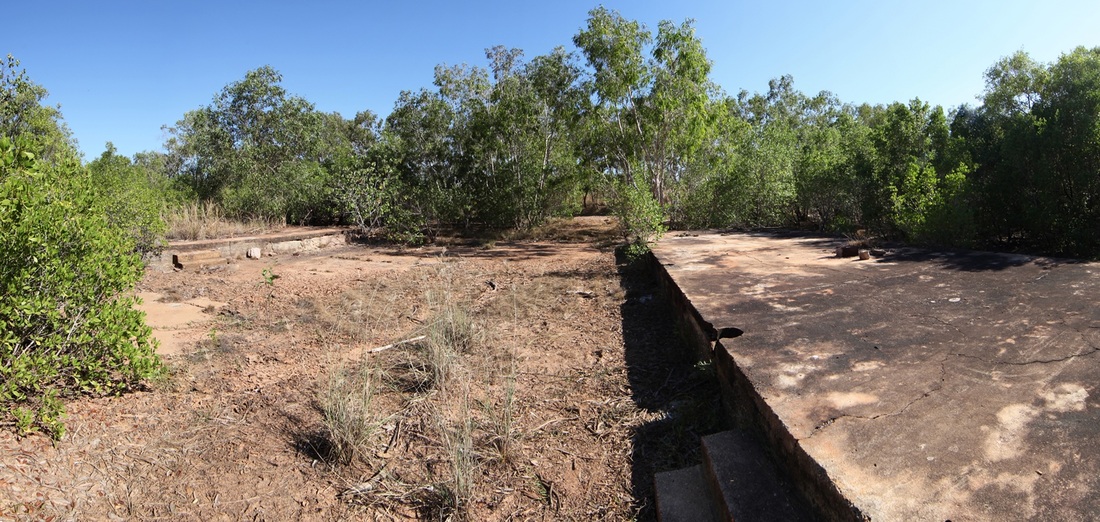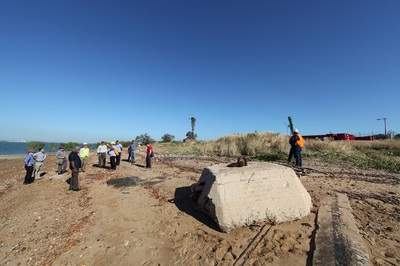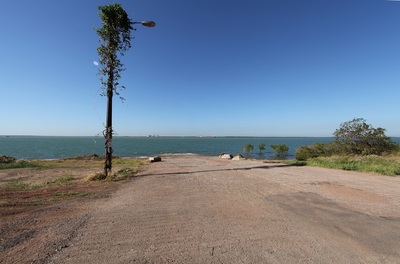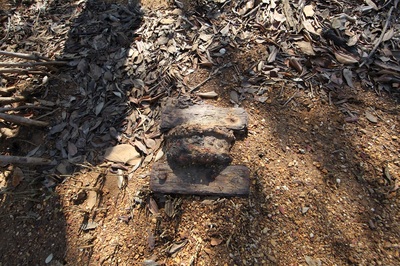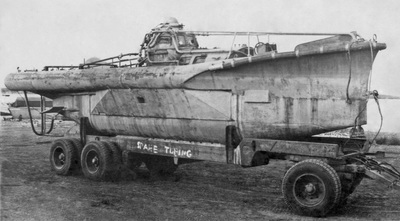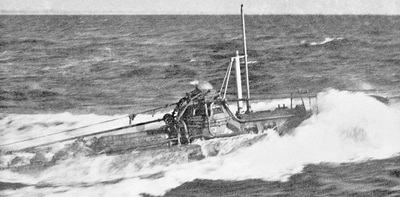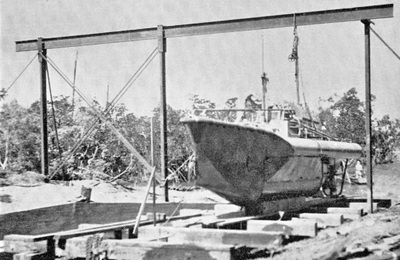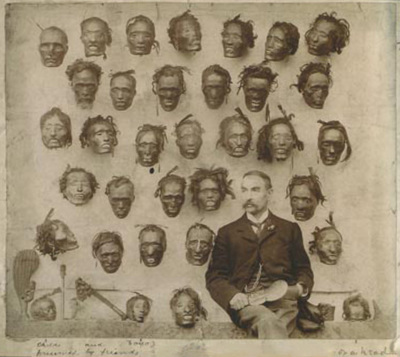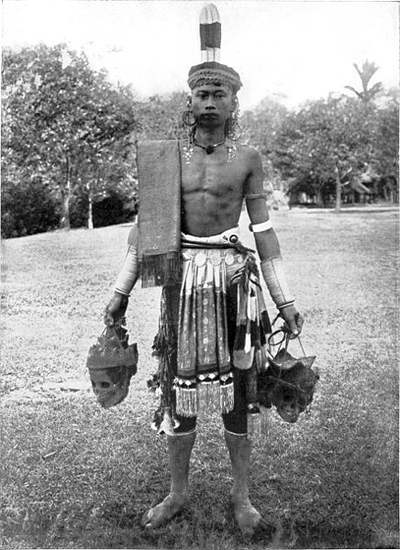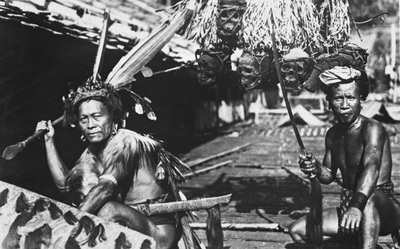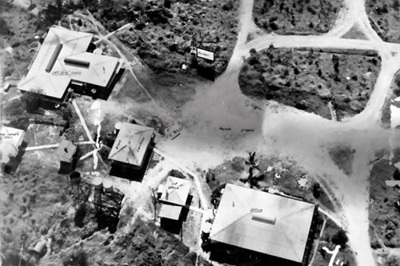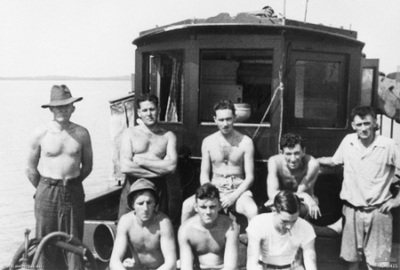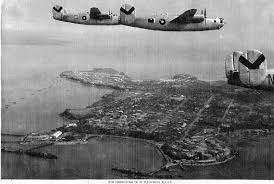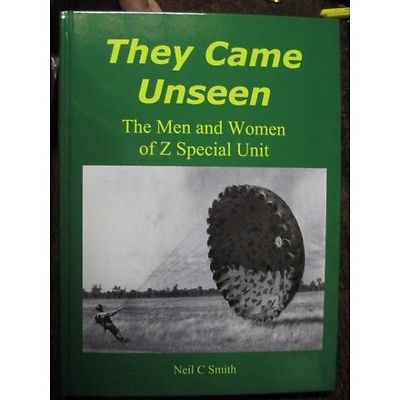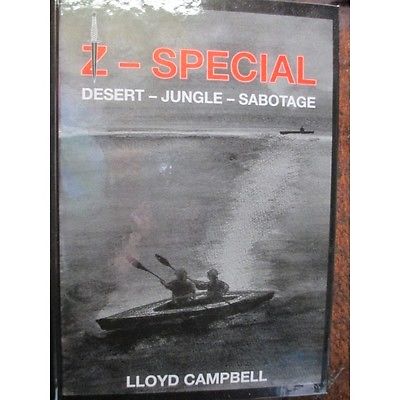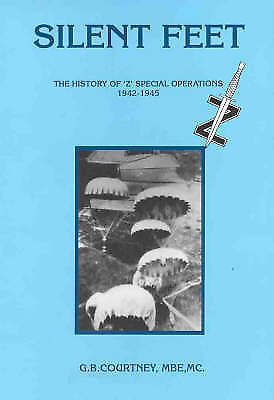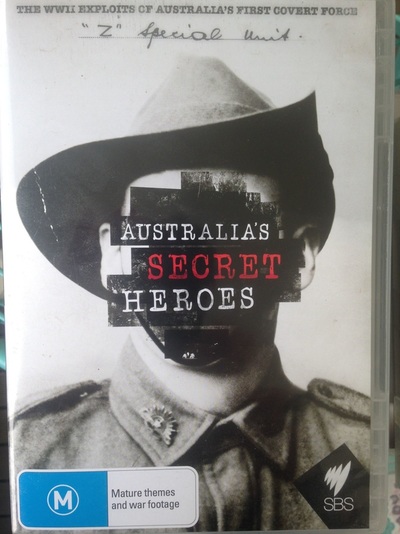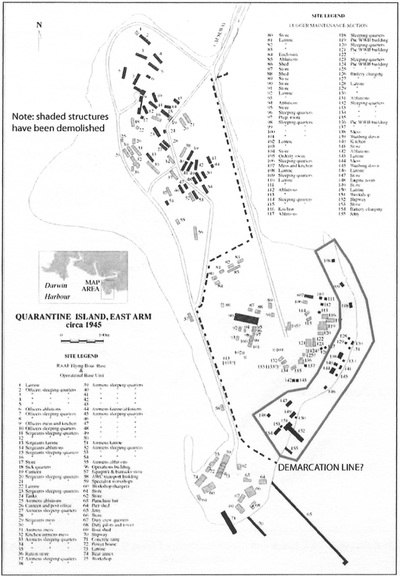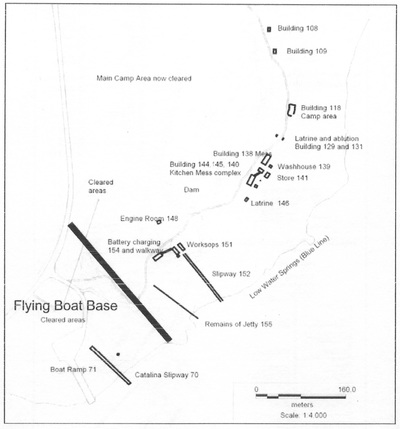Z Special Unit LMS Base & Catalina Base - Darwin Harbour
The rails in the image above are from the Catalina's crash boat launch & retrieval system which is replicated at the Z Special's 'Lugger Maintenance Section' to the east. The tidal range is around 5m so these things were essential. The boats were also used for minor maintenance and supply of the Catalinas at anchor. The stitched image has the rails heading south-east; to the left is the LMS and to the right is the Catalina ramp and hardstand shown in the image below. The large concrete pyramids are Catalina moorings. The images were taken during a Heritage Council visit which followed the Council nominating both sites under its own recognisance. The image below that shows the LMS ramp at low tide.
| ||||||||||||||
A significant aspect of this heritage capital is the position of the LMS at the hub of a network of discreet training camps, that was dispersed around the harbour to ensure that none of the foreign nationals interacted with each other. These individuals were returned to their home countries, behind enemy lines, to pass on their newly acquired skills to fellow fighters. The importance of their contribution to the defeat of the Japanese and to Australia's credentials in South East Asia is yet to be entered into the national narrative.
Statement of Heritage Value: Lugger Maintenance Section – Z Special Forces
The Lugger Maintenance Section (LMS), located at East Arm in Darwin Harbour, was a major WWII operational base for the famous Z Special Unit, the precursor to the Australian commando forces. Operating under Allied command in the South-West Pacific region, operatives ran clandestine missions in enemy held territory in Singapore, the islands of Indonesia, Timor and New Guinea. The selection of Darwin to host a major LMS base reflected the proximity of Darwin to the frontline of the War and to the strategically significant islands just to its north. The base operated from 1942 to 1945 and at its peak accommodated 500 personnel. The LMS site is unique in being able to tell the story of the Z Special Unit in the Northern Territory.
The Z Special Unit was Australia’s experimental and innovative foray into Special Forces and clandestine warfare. Popular and academic histories exalt the training, calibre of the men and boldness of many missions. Operatives would sneak into enemy territory using multiple strategies including boats disguised as local junks, midget submarines and canoes. They would sabotage enemy infrastructure, collect intelligence and enlist and train local peoples. Over its years of operation it conducted 81 missions and suffered 69 casualties. The LMS is of social significance to advocates for conserving the Northern Territory’s WWII Heritage, this site being of unique value, and by those with a special association with the Z Special Unit, including operatives, their families and those that had served in its descendant forces.
Only a third of the original camp area remains. The remaining physical evidence consists of approximately 18 features, predominantly concrete foundations from buildings and other infrastructure, all of varying condition. The most significant remains consist of the lugger slipway and its workshops which serviced the boats used in secret missions abroad. The slipway is an evocative feature and the surrounding area reflects the harshness of the conditions. Further archaeological fieldwork may uncover more evidence about its operation. Jim Bowditch, remembered as a longstanding editor of the NT News and local social activist, was a Z Special Unit operative who trained at LMS and participated in missions launched from it.
The Special Air Services Regiment can trace its beginnings back to the Australian Z Special Unit and Independent Commando Companies that fought during World War II according to the Australian Army - this is apparently not a view held by the SAS.
The Commando Association website:- 'In March 1942, General Douglas MacArthur approved the establishment of an offshoot of the British Special Operation Executive (SOE) in Australia. This idea had been proposed by General Blamey. In London the new organisation was known as Special Operation Australia (SOA) but in Australia it was given a cover name being known as Inter Allied Services Department (IASD), usually shortened to ISD. Some SOE British Officers who had escaped to Australia from Singapore, formed the nucleus of ISD at its headquarters in Melbourne. In June 1942, the Australian service personnel in ISD were administered by a holding company known as "Z" Special Unit (later incorrectly refered to as Z Force). This joint Allied Special Forces unit formed to operate behind Japanese lines in South-East Asia was predominantly Australian, but included specialist reconnaissance and sabotage groups of British, Dutch, New Zealand, Timorese and Indonesian military personnel using mostly American rather than British equipment.In an attempt to distance the department from the ongoing conflicts between the Allied Intelligence Bureau and MacArthur s HQ, the name Z Special was adopted for the operational arm of the Services Reconnaissance Department. Despite inadequate funding, resistance from elements within the Australian command and MacArthur s interference, "Z" Special managed to survive, achieving modest but useful successes during its first year of operations.....
In September 1943, Z Special achieved what was probably its most notable success with Operation Jaywick when eleven commandos transported from Australia in a converted Japanese fishing boat, paddled canoes into Singapore harbor and sank seven Japanese freighters with limpet mines then escaped without a casualty. To many, Jaywick proved the special forces concept in the Pacific, but ironically it also served to increase the animosity towards them from conservative elements who still regarded Z Special as little more than publicity seeking extroverts. Their detractors pointed out that sinking enemy ships or blowing up oil storage depots might be great public relations exercises but contributed little to the war effort.' (Source - Commando Association website http://www.austcdoassocvic.com/MandZ.htm)
The Welfreighter Midget Submarine
The British SOE Welfreighter was a 37ft, unarmed, 4 man sub designed to be towed into position then released to undertake clandestine operations behind enemy lines including the insertion, re-supply and extraction of commando teams. It would seem that it arrived too late for operational deployment although given the paucity of documentation even that is uncertain. She was returned to the submarine base at Fremantle & scuttled off Rottnest Island. Some additional information at http://www.welfreighter.info/
Borneo & the Dayak Head-hunters
Z Special Unit trained many groups of guerrilla freedom-fighters who were returned to undertake covert operations in their occupied homelands. These groups were trained at discrete camps dotted around Darwin harbour and trained in isolation from each other & the LMS.
"In the past the Dayak were feared for their ancient tradition of headhunting practices. After conversion to Islam or Christianity and anti-headhunting legislation by the colonial powers the practice was banned and disappeared, only to resurface in the late 90s, when Dayak started to attack Madurese emigrants in an explosion of ethnic violence. Every year or two the Dayaks hold a feast called Gawai Autu in honour of the departed spirits whith they believe surround the heads which hang in their houses. In this manner they hope to keep in favour with the spirits and so have good fortune.
In his memoirs, former leading aircraftsman, Jack Wong Sue, claimed that Z Special Unit commandos in Borneo killed 1,700 Japanese for the loss of 112 commandos, as well as training more than 6,000 guerrillas. The activities of the commandos laid the groundwork for the Allied invasion of Borneo in 1945"-
http://outbackcooking.blogspot.com.au/2011_09_01_archive.html
"In the past the Dayak were feared for their ancient tradition of headhunting practices. After conversion to Islam or Christianity and anti-headhunting legislation by the colonial powers the practice was banned and disappeared, only to resurface in the late 90s, when Dayak started to attack Madurese emigrants in an explosion of ethnic violence. Every year or two the Dayaks hold a feast called Gawai Autu in honour of the departed spirits whith they believe surround the heads which hang in their houses. In this manner they hope to keep in favour with the spirits and so have good fortune.
In his memoirs, former leading aircraftsman, Jack Wong Sue, claimed that Z Special Unit commandos in Borneo killed 1,700 Japanese for the loss of 112 commandos, as well as training more than 6,000 guerrillas. The activities of the commandos laid the groundwork for the Allied invasion of Borneo in 1945"-
http://outbackcooking.blogspot.com.au/2011_09_01_archive.html
If you have further information concerning Z Special & the Catalina Base please share it and we'll ensure that it is archived by the Pandora Project.

